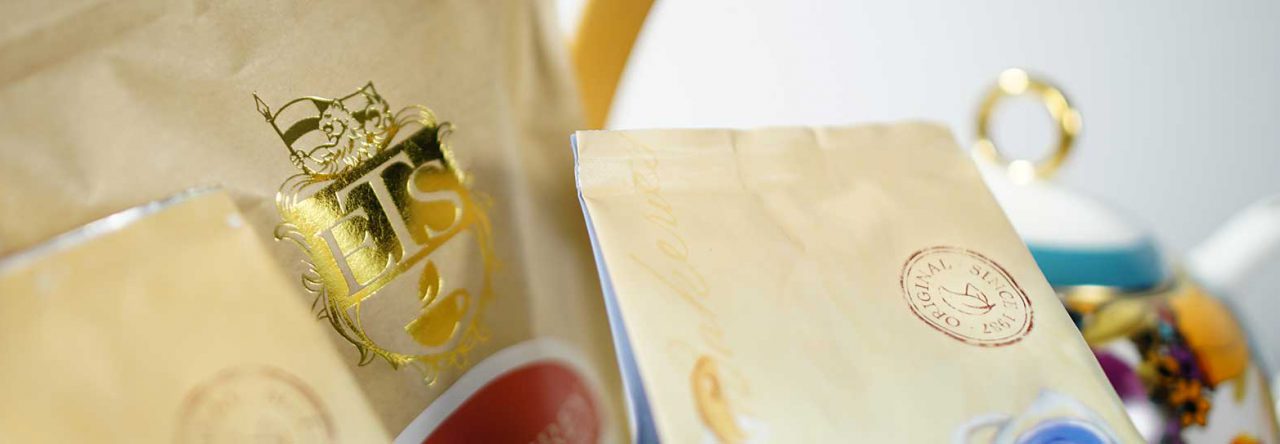 Ceylon teas are normally categorized by the elevation they are grown at. They can also be categorized by the growing region or the estate, if it is a single-estate tea. The elevation is the critical factor in distinguishing between different Ceylon teas. It is all due to how the elevation affects the final outcome of the product. There are three different elevation levels that Ceylon teas can fall under:
Ceylon teas are normally categorized by the elevation they are grown at. They can also be categorized by the growing region or the estate, if it is a single-estate tea. The elevation is the critical factor in distinguishing between different Ceylon teas. It is all due to how the elevation affects the final outcome of the product. There are three different elevation levels that Ceylon teas can fall under:
- Low grown: 1000-2000 ft.
- Mid grown: 2000-4000 ft.
- High grown: 4000+ ft.
The science of why these teas possess such different characteristics is due to what takes place chemically during the oxidation process. As the cell walls of the leaves are crushed, various polyphenols and a chemical called polyphenol oxidase come in contact with the oxygen in the air. This is what morphs the leaf from green, to the coppery color so familiar in black teas. In one specific reaction, catechins (a group of polyphenols) within the leaf are chemically converted into compounds called catechol tannins. Tannins contribute the astringency, briskness and the heavy mouth feel that some black teas display on the palate.
There are two catechol tannins that affect black tea characteristics more than any other. They are theaflavins, which are present in high grown teas, and thearubigins, present in low grown teas. Black teas that are lighter in body, have a more concentrated aroma and bright gold/red color, have higher concentrations of theaflavins. Black teas that have a heavy body, are more brisk and have dark brown hues, have greater amounts of thearubigins.
CTC teas are representative of what thearubigins display in the cup. The fast rate of oxidation boosts thearubigin levels even higher than normal. Orthodox black teas such as those produced in Darjeeling as well as high elevation regions in Ceylon, such as Nuwara Eliya, are the showcase teas for theaflavins.
Sri Lanka produces a very high amount of orthodox teas, considering the fact that CTC teas are so common in India. About 94% of production is orthodox, while the other 6% is CTC or fannings.
Praise to Sir Thomas Lipton for purchasing all of the blighted coffee farms and converting them.
[Editor’s note: Our blog is chock full of great articles on this topic. Use our search feature to find them!]
© Online Stores, Inc., and The English Tea Store Blog, 2009-2014. Unauthorized use and/or duplication of this material without express and written permission from this article’s author and/or the blog’s owner is strictly prohibited. Excerpts and links may be used, provided that full and clear credit is given to Online Stores, Inc., and The English Tea Store Blog with appropriate and specific direction to the original content.



Leave a comment